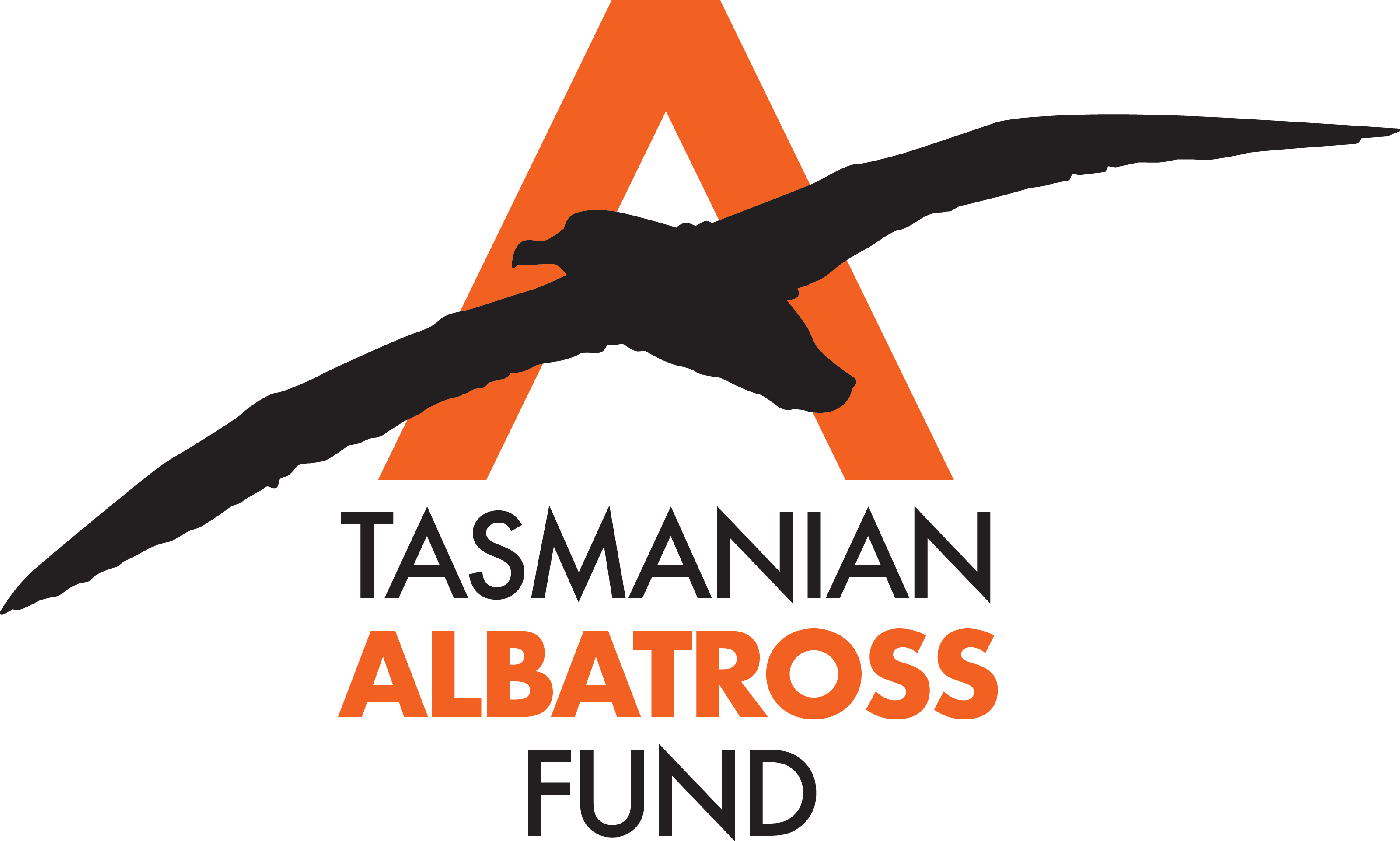The Tasmanian Aboriginal people of the north-west region called Albatross Island tangatema. Perhaps they paddled over in canoes on rare days when the turbulent and tidal waters of Bass Strait had subsided and the waves of the Dangerous Banks between Hunter and Albatross Islands could be safely negotiated. The first recorded visit to Albatross Island by Europeans was in December 1798 as George Bass and Matthew Flinders circumnavigated Van Dieman’s Land.
George Bass “. . . they came up with some land, which proved to be a small island, high and very steep; and a long swell, which had just before made its first appearance, broke violently upon it, making a furious surf on all sides. Its summit was whitened over with birds. With some difficulty a landing was effected at the foot of a chasm filled up with loose stones;and, after a slight encounter (sic) with some seals that stood above, they reached the top. The birds they found were albatrosses innumerable . . .”
Matthew Flinders “. . . there were vast numbers of albatrosses on that isle to which their name is given, which were tending their young in the beginning of December; and being unacquainted with the power or disposition of man,did not fear him: we taught them their first lesson of experience. . .”
Flinders could not have known at the time how prophetic were his words, for not long after their voyage of exploration, the fur sealing industry boomed and many of the islands of Bass Strait were systematically plundered for their wildlife – including Albatross Island. James Kelly is reported to have visited the island during his famous Bass Strait sealing expedition in the early 1800s and may have collected skins. However the main attraction of Albatross Island was the abundant source of feathers, meat and eggs.
Albatross will remain on their nests, protecting their egg, in the face of most dangers. They would have made easy targets, offering little resistance to the sealers as they approached with their clubs. In October 1830, George Augustus Robinson’s mission bought him to the north-west of Tasmania. He took a small party, which included Truganini and Woorrady among them, to visit the sealers on Albatross Island. Robinson was clearly struck by the island and describes his brief visit at length in his journal. His account makes clear that the harvesting of albatross had been occurring for many years. He noted large piles of putrid carcases and described how the sealers killed hundreds of birds at a time by driving them from their nests on the top of the island into a naturally formed pit, known to the sealers as the “prison”.
In spite of the great destruction, Robinson marvelled that “. . . the top of the rock from one end to the other was covered with albatross…considering the many thousands killed by the sealers it is astonishing there are so many . . .”.
In 1834, the missionary James Backhouse noted “…nearly 1000 albatrosses are said to have been killed on this island, last year. Sometimes the birds are stunned, plucked and cruelly left to linger; but often the skin of the neck is taken, as well as the feathers; the down on this part being nearly equal to that of the swan . . .”
Exploitation of the albatross on this island continued in one way or another for many years. Feather collection was replaced by the guano trade, which was on the rise in Tasmania by the 1850s. Various reports hint at large scale activity on Albatross Island in the 1860s. In February of 1863, a local newspaper reports a ships’ captain returning from Albatross Island with a broken leg having been knocked down by bags of guano sent down a 200 foot chute. Another similarly timed account reports a party of guano traders who became stranded when their boat was dashed upon the rocks and they were forced to subsist on albatross until they were rescued.
After a century of systematic killing of birds, collection of eggs, disturbance and habitat destruction, the cumulative impact upon the Albatross Island population was substantial. There may have been as many as 11000 breeding pairs present at the time of Bass and Flinders’ visit based on various descriptions and the extent of old guano deposits. The first available count was in November 1894 when a pair of naturalists visited the island and reported some 400 nests remained. Today, following a range of protective measures, approximately 5000 pairs breed on the island. Only a few weather-beaten piles of bones and decaying bags of guano remain as testament to the scale of carnage once witnessed on Albatross Island.
